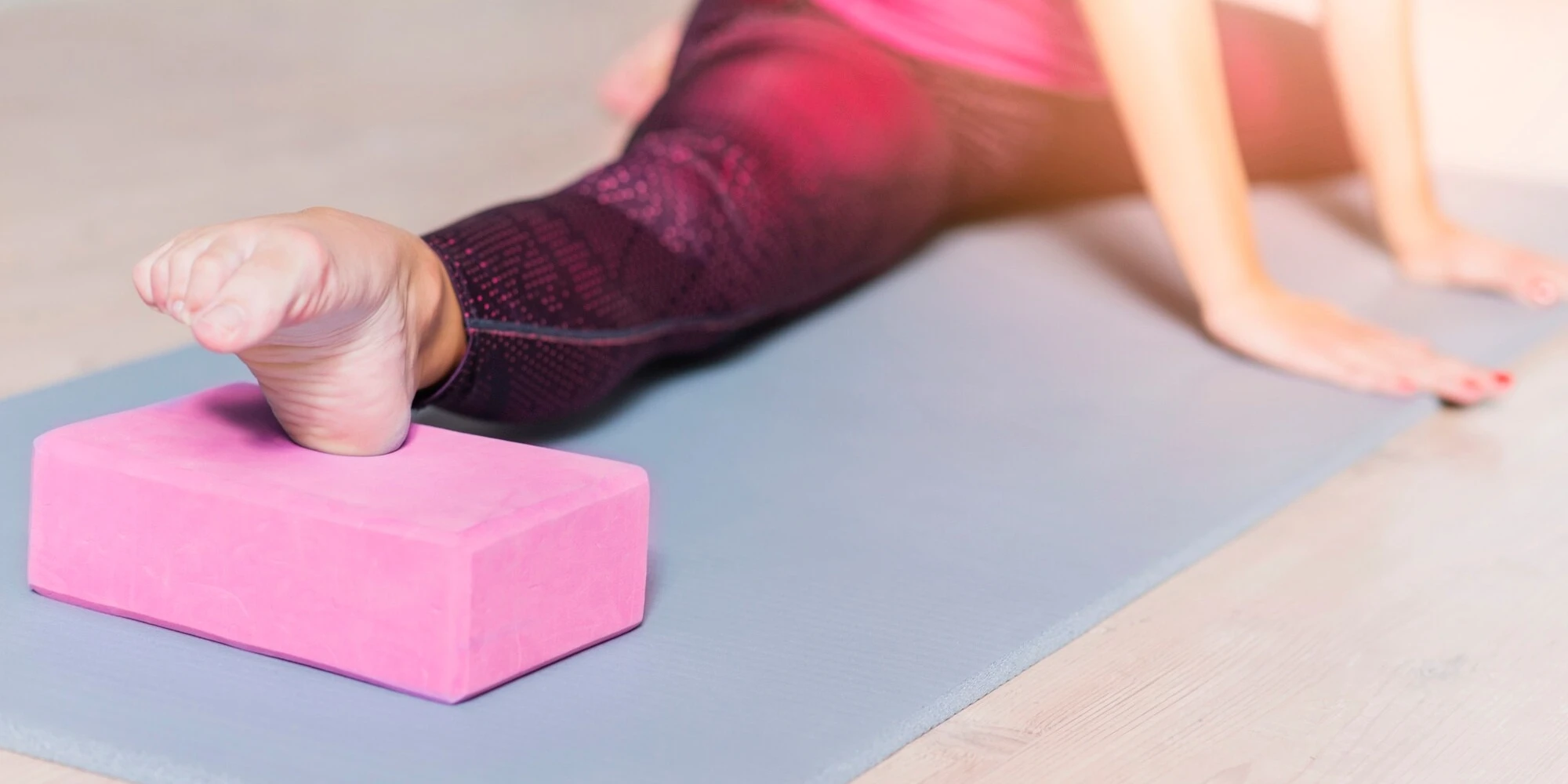Yoga is often seen as a harmonious practice that intertwines physicality, mental focus, and spiritual awareness. Among the many tools aiding practitioners in achieving optimal poses and alignment, yoga blocks stand out as versatile aids. These simple yet invaluable props have a profound impact on yoga practice, offering support, alignment, and accessibility for practitioners at all levels.
Understanding Yoga Blocks
What are Yoga Blocks?
Yoga blocks are rectangular-shaped props typically made of foam, cork, or wood. They come in various sizes, primarily three inches by six inches by nine inches, but can also be found in different dimensions to suit individual needs.
Versatility in Utility
The true beauty of yoga blocks lies in their versatility. They serve multiple purposes during a yoga session, providing support, stability, and extension to help practitioners deepen their practice.
The Functionality of Yoga Blocks
Support and Stability
One of the primary functions of yoga blocks is to offer support and stability, especially to beginners or those with physical limitations. They assist in maintaining proper alignment and balance in poses where flexibility or strength might be a limiting factor. For instance, in standing poses like Trikonasana (Triangle Pose), placing a block under the hand can help maintain balance and prevent strain.
Enhanced Alignment
Yoga blocks act as extensions of arms, legs, or the spine, aiding practitioners in achieving correct alignment. They bridge the gap between the body and the floor, enabling individuals to modify poses according to their flexibility and comfort. In seated forward bends, placing a block under the sit bones can tilt the pelvis forward, aiding in a more effective stretch while maintaining a straight spine.
Accessibility and Adaptability
For many, certain yoga poses might seem unattainable due to physical limitations or injuries. Yoga blocks make these poses more accessible by reducing the distance between the body and the floor. Individuals with tight hamstrings might struggle with reaching the floor in a forward bend, but by using a block, they can still perform the pose effectively.
The Benefits of Incorporating Yoga Blocks
Injury Prevention
Utilizing yoga blocks helps in injury prevention by allowing practitioners to ease into poses gradually, reducing the risk of strain or overextension. They provide a safer way to explore and deepen stretches without compromising stability or alignment.
Increased Comfort
By customizing the height or width of a pose using yoga blocks, practitioners can find greater comfort, reducing unnecessary strain on muscles or joints. This enhanced comfort encourages individuals to stay in poses longer, facilitating a deeper stretch or meditation.
Progressive Practice
Yoga blocks support a progressive approach to yoga practice. As practitioners gain flexibility and strength, they can gradually decrease the use of blocks, fostering a sense of accomplishment and advancement in their practice.
Conclusion
Yoga blocks are indispensable tools that cater to practitioners of all levels, from beginners to seasoned yogis. Their multifaceted utility in providing support, enhancing alignment, and fostering accessibility makes them a valuable addition to any yoga practice. With their ability to facilitate safe and effective poses, yoga blocks play a pivotal role in empowering individuals on their yoga journey, ensuring a harmonious balance between effort and ease in the practice.
Sure, here they are in Markdown format:
FAQ (Frequently Asked Questions)
Q: How do I choose the right yoga block size?
A: Consider your comfort and the level of support needed. Most practitioners find the standard size of three inches by six inches by nine inches suitable, but experimenting with different sizes can help determine the best fit for your practice.
Q: Are yoga blocks only for beginners?
A: Not at all. Yoga blocks are beneficial for practitioners of all levels. They assist in achieving proper alignment, aid in deepening stretches, and provide support, making poses accessible and adaptable to individual needs.
Q: Can yoga blocks help with injury recovery?
A: Yes, yoga blocks can aid in injury recovery by offering support and enabling modified poses that reduce strain. However, it’s advisable to consult with a healthcare professional or a qualified yoga instructor for personalized guidance.
